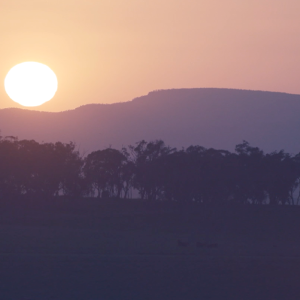GET INVOLVED
The ForGood
Carbon journey
Research
SoilCQuest has a constitutional purpose in research activities designed to increase the amount of atmospheric carbon stored and retained in soil utilising Australian Carbon Credit Unit (ACCU) retirement mechanisms that are commercial alternatives to offsetting.
The primary objective of ForGood Carbon is to understand, through secondary research and applied discovery testing (piloting), activities which increase the amount of atmospheric carbon stored and retained in soil. This will be approached utilising ACCU retirement mechanisms that do not involve offsetting, through the application of a new model of enhanced farmer and donor engagement in carbon credit projects with co-benefits.
Initial desktop research defines what constitutes a high-integrity carbon unit, one that goes over and above singular drawdown activity and results in ethical, additional environmental and/or societal benefits – marrying the existing and established ACCU structures with nascent co-benefit frameworks.
Secondary and discovery research through a high impact experiential pilot program seeks to unlock potential for wide adoption of a new holistic carbon farming framework and climate action model, introducing an alternative to offsetting for the fate of ACCU’s with co-benefits.
The research proposes to drive adoption by identifying and implementing efficiencies and synergies for integrating carbon research, relevant to agricultural systems, which promote practical and viable carbon-building innovations and opportunities.
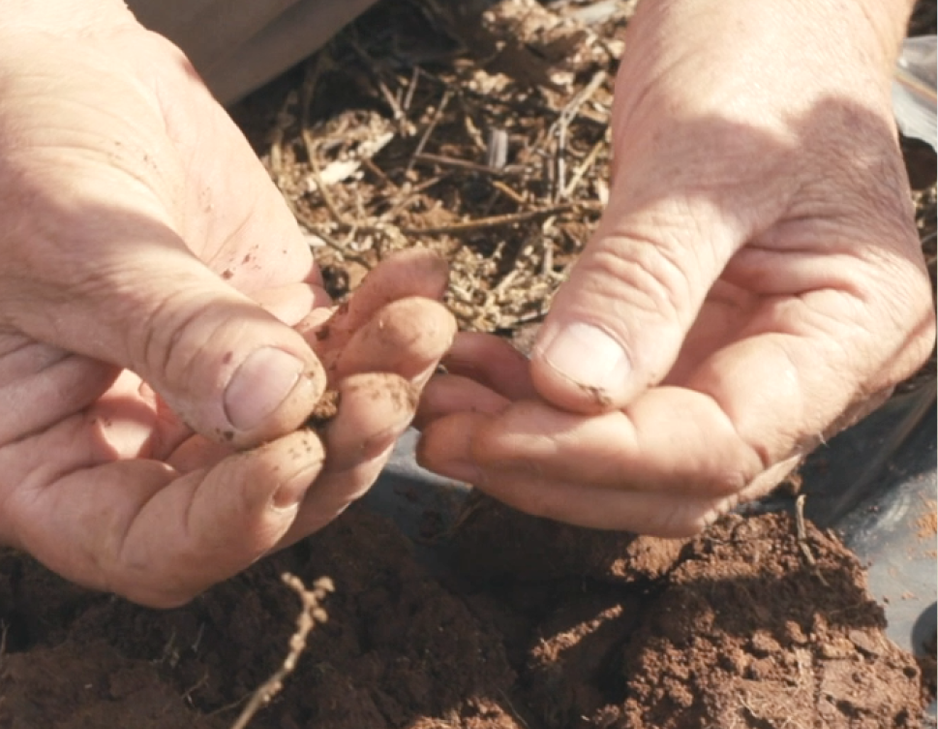
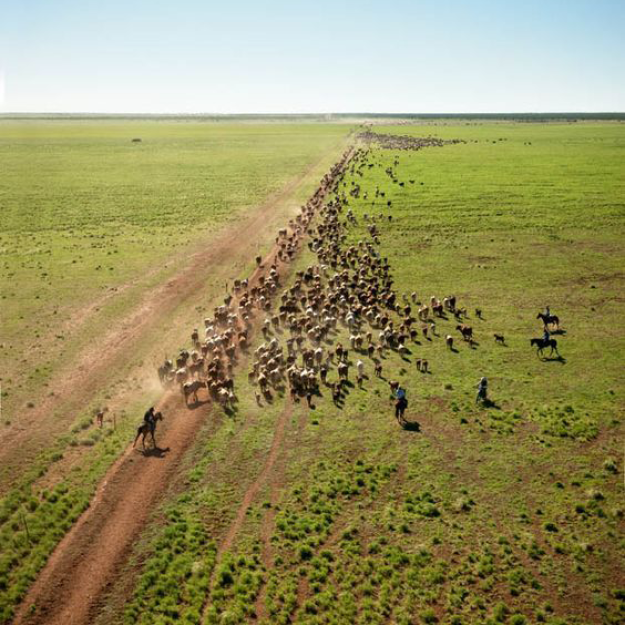
Value
When organisations invest in ForGood Carbon Units (FGCUs), they’re not offsetting carbon; they’re contributing to research that shapes accelerated climate action and creates environmental and societal legacy in a manner that we refer to as a ‘reset’.
FGCUs represent a premium value proposition compared to standard Australian Carbon Credit Units (ACCUs), commanding higher value with their concatenated, verified co-benefits.
This investment supports landholders who invest in sustainability efforts, prioritise biodiversity and ecosystem health, and implement high-integrity frameworks. The result is a virtuous cycle where donations fund environmental and social research that embodies integrity and altruism, ensuring carbon activities contribute meaningfully to broader sustainability goals for the global community. In doing so, landholders are financially recognised for their future-focussed land management approaches that place long-term planetary wellbeing above short-term gains.
Alternatively, you can email andrew@soilcquest.org.au.
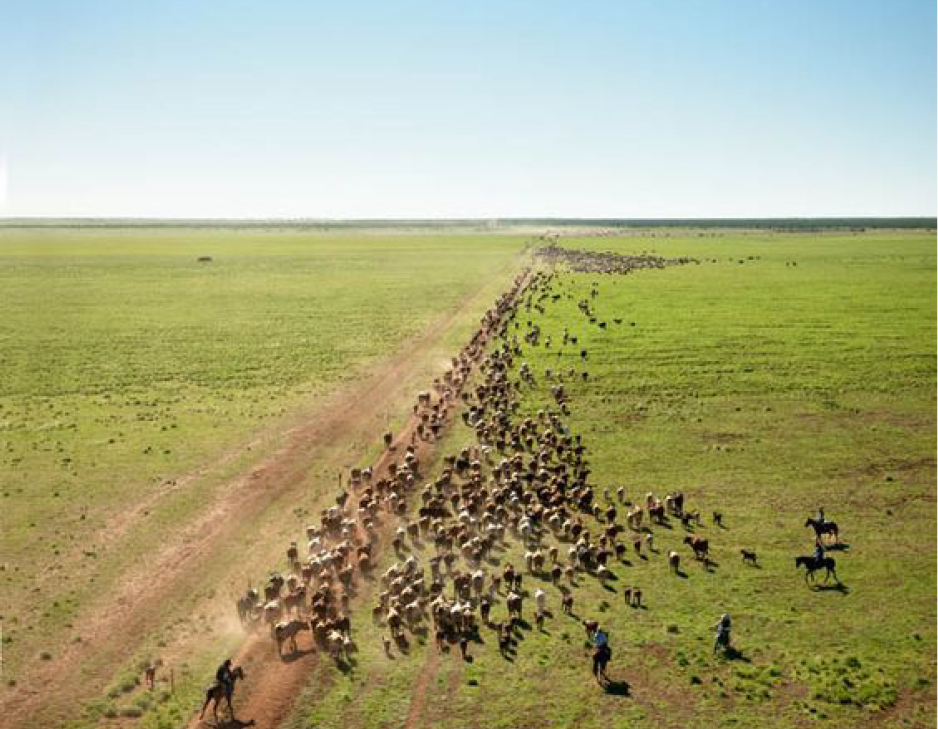
Ready to start your ForGood journey?
Contact us to find out more about ForGood and how you can get involved.

 Carbon credit markets have emerged as vital mechanisms for mitigating greenhouse gas emissions and in a climate economy transition, these carbon credits traditionally form part of an emissions ledger associated with business activities.
Carbon credit markets have emerged as vital mechanisms for mitigating greenhouse gas emissions and in a climate economy transition, these carbon credits traditionally form part of an emissions ledger associated with business activities.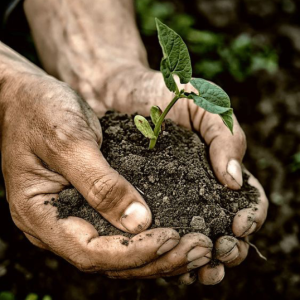
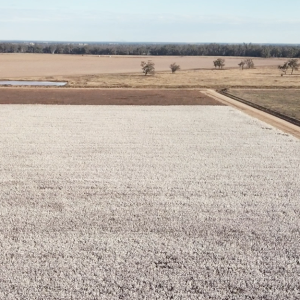
 Outcomes to be tested include:
Outcomes to be tested include:
